A commercial flat roof is your shield against the elements. A flat roof that is in constant need of repair can harm your building structure and business assets, create unnecessary hazards, and disrupt operations to the point where it lowers your enterprise’s cost-effectiveness, value, and employee health and safety.
While annual roof inspections can seem tedious and unnecessary, they are essential if you want to avoid these problems. Let’s explore why annual commercial flat roof inspections are important and worthwhile.
Cost-Effective
Roof inspections, especially when you have no identified leaks, can seem like a costly and unnecessary expense. But a thorough annual inspection of your roof, inside and out, can actually help offset unnecessary expenses by identifying the signs and symptoms of a potential problem early. When you catch and remedy problems before they escalate into more significant ones, you can often avoid even more costly repairs and replacements in the long run.
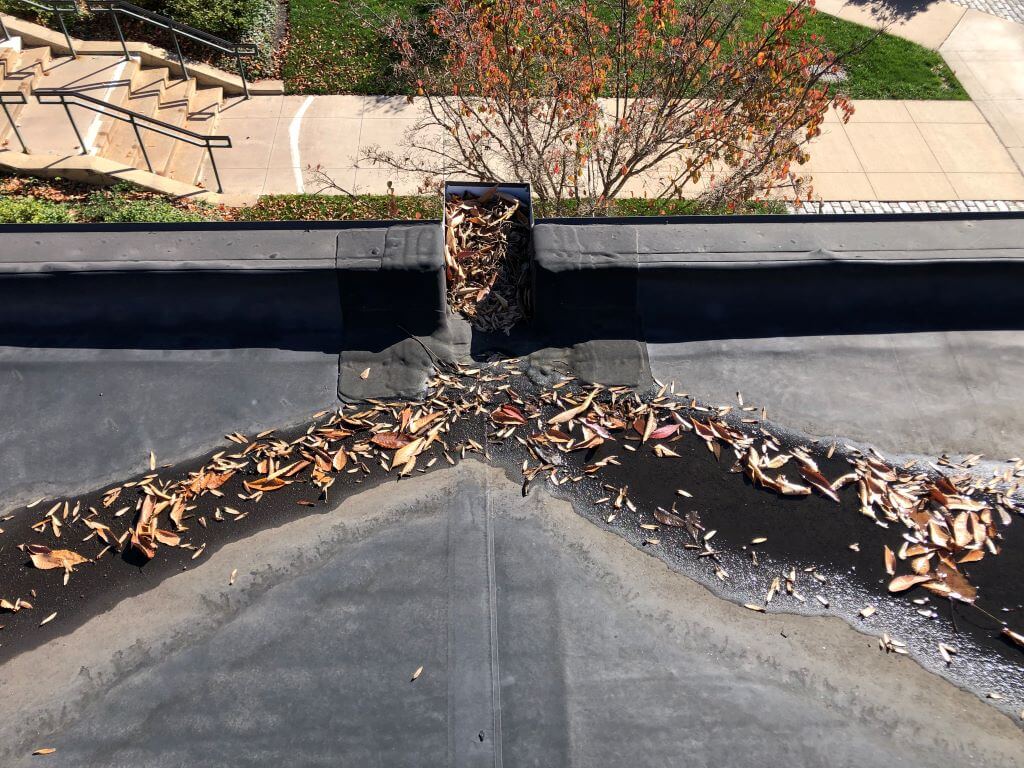
Value
The condition of the roof system is a key factor in a building’s asset value. When you perform necessary roof repairs and upgrades, it sustains your building’s outward appearance and value. When you keep the building in top condition, you maintain its curb and investment appeal.
Potential tenants are more attracted to a building that looks great, is well-maintained, and has a sound roof. In contrast, if you let these things fall into disrepair, it won’t take long for the building to become run-down resulting in reduced enticement and value.
Prolonging the life of your roof and building can also stave off the need for early replacement and allow you to hold onto your property’s value longer. There is now even an option that will allow you to ensure your roof lasts 100 years without having to tear it off and replace it every 25.
Health and Safety
Lastly, there are health and safety considerations that make inspecting your commercial flat roof on an annual basis the right thing to do.
Neglecting roof maintenance can put the health and safety of building occupants at risk. Cracks in the wall or roof leaks, for example, can let water into the building creating an environment for mold to grow. Mold is an allergen that can cause major health problems.
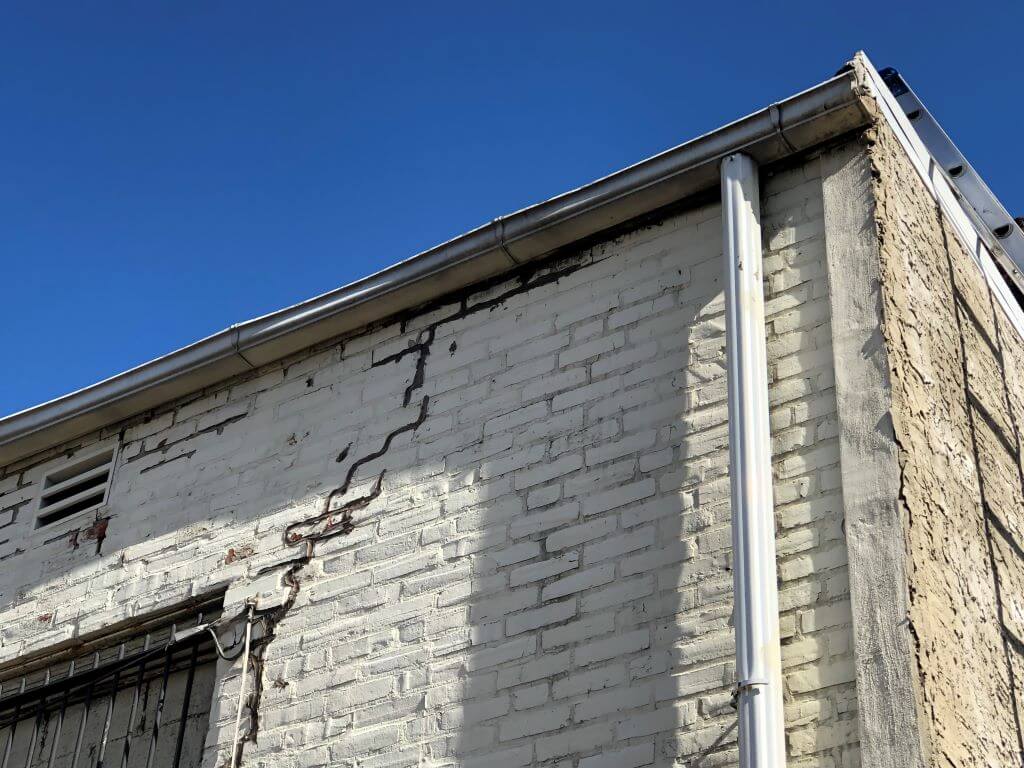
Regular flat roof inspections help identify potential problems to be remedied and help ensure everyone who enters the building, leaves again unscathed.
Conclusion
In conclusion, annual roof inspections are a key component of any building maintenance program. Property owners and building managers benefit from a well-maintained roof because the building’s cost-effectiveness, operational stability, and value are preserved. Building occupants benefit from spending time in a healthy work environment.
In a nutshell, preventative roof inspections are a vital part of property management. By staying on top of them, you’ll save yourself headaches and dollars in the long run.

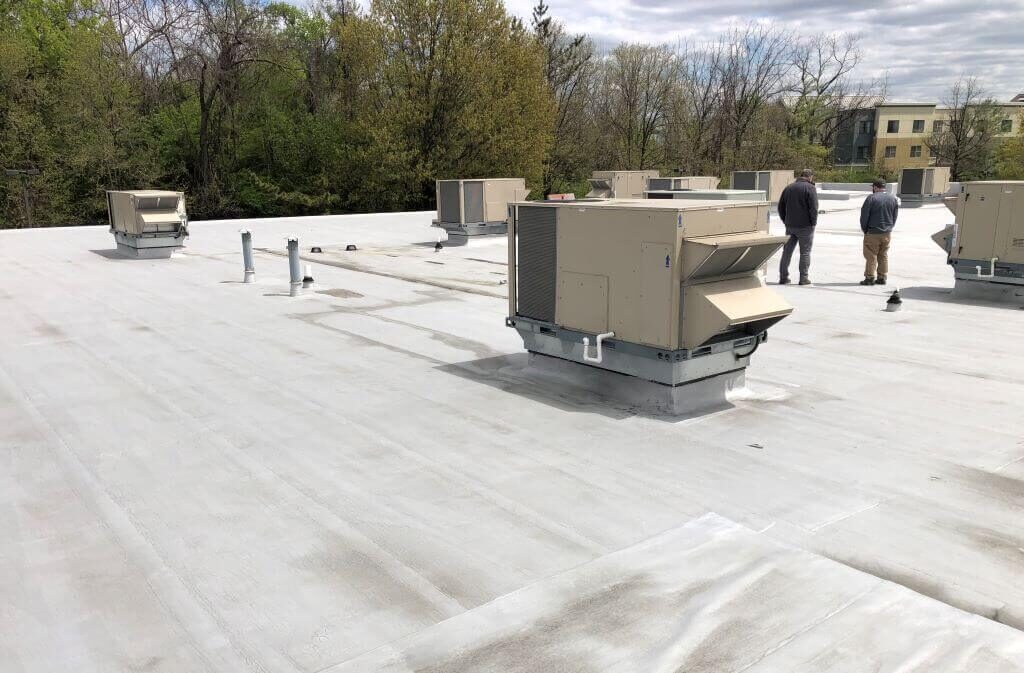



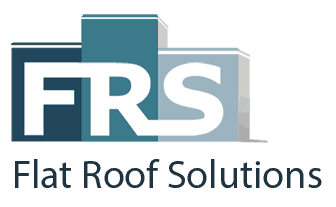



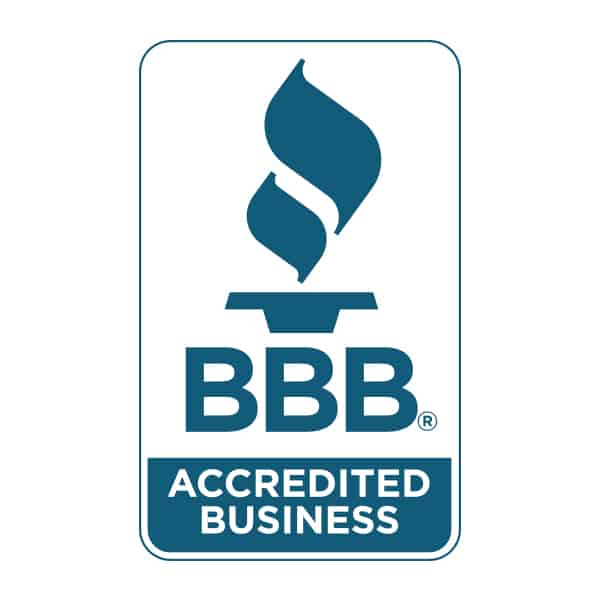

Add your first comment to this post